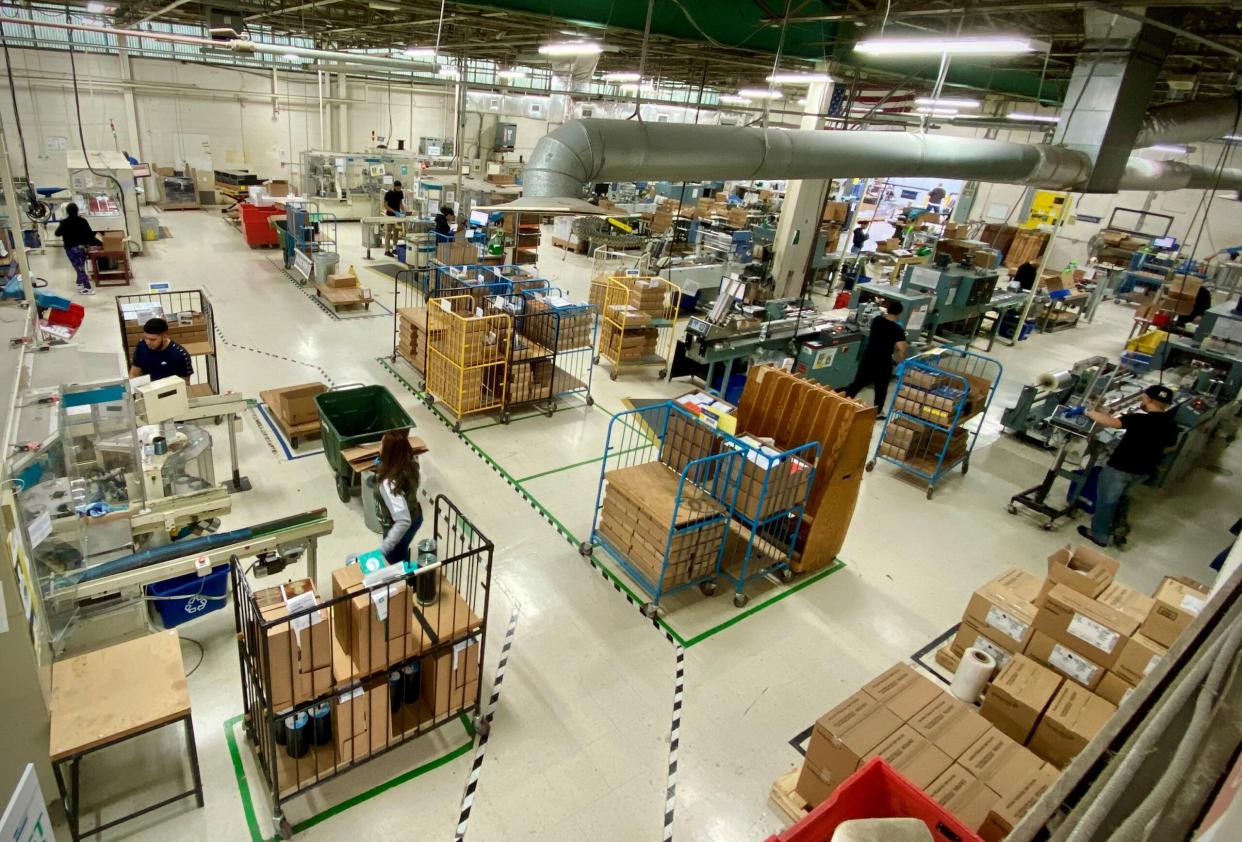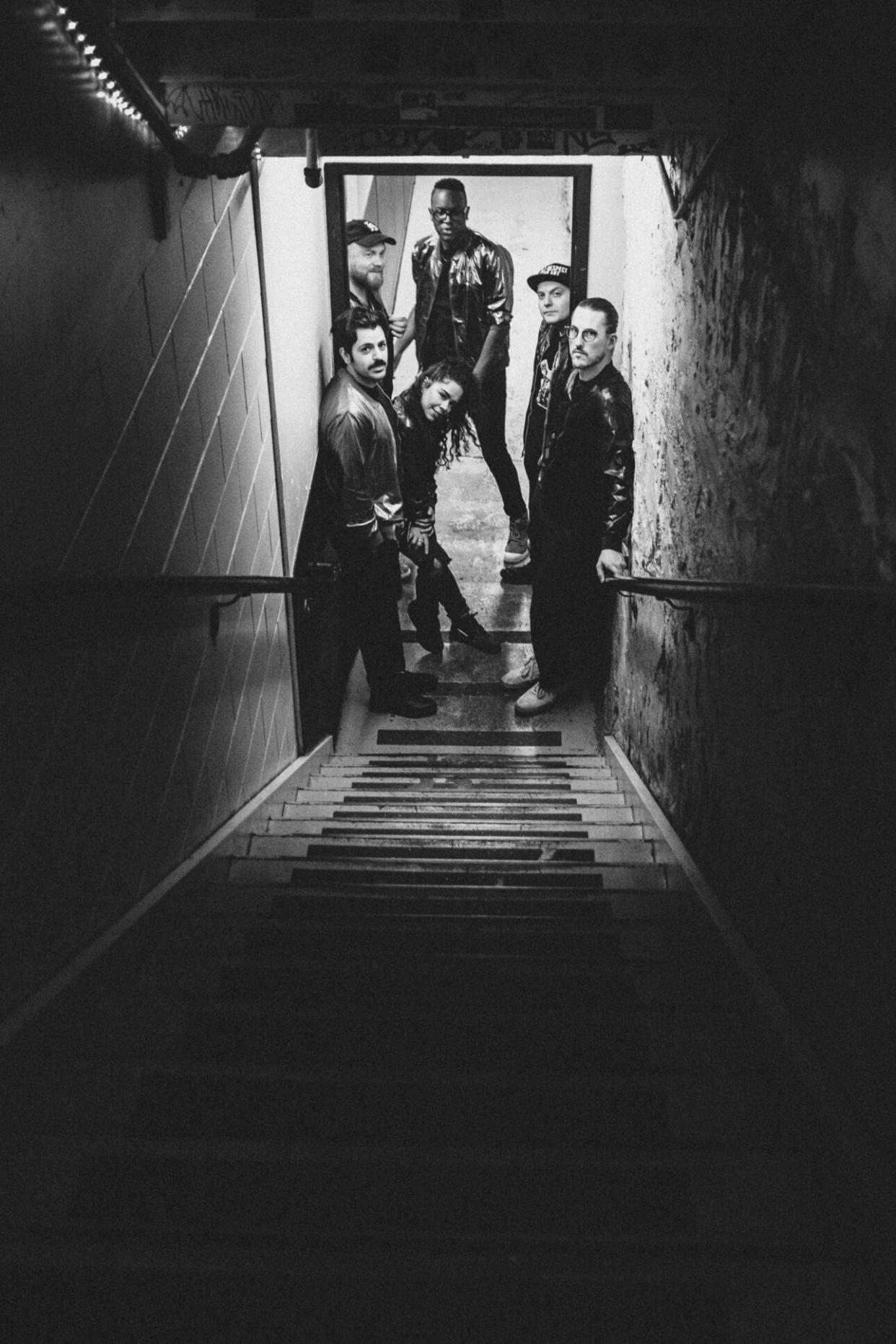In The Age Of Streaming, Physical Media Is Keeping Indie Artists Afloat


It may seem counterintuitive at a time when streaming is the dominant form of music consumption around the world, but physical media such as CDs, vinyl and related merchandise remain essential tools in the kits of today’s emerging artists.
The reasons are plentiful and varied, but chief among them are their ability to generate significant profit for artists in ways nearly impossible through streaming. For another, the tactile nature of physical media invites numerous rituals that music fans love – from carefully removing shrinkwrap to physically placing the CD or vinyl into a playback device to poring over every element in the liner notes and album packaging as if looking for clues to solve a mystery. Indeed, the act of touching and listening to these objects can offer an experience far more rewarding than simply clicking “play” on your digital service provider of choice.
More from Spin:
Further, vinyl and CDs reward listeners with a sense of permanence inherently absent from the streaming experience. Many fans will stream an album for convenience at first but then quickly purchase physical copies to add to their collections. The numbers tell the story more fully, with vinyl sales growing by double-digits over the past 15 years and even CD revenues experiencing a noticeable uptick. Overall, revenue from physical media sales in the U.S. last year reached $1.9 billion, up 11% from the year before.
“From a personal standpoint, it has always been the most important form of music,” Mushroomhead’s Steve “Skinny” Felton says of physical media. “It has always been about the prize at the bottom of the cereal box. Holding that album cover in your hands helps create an intimacy with the art and the artist far more than a downloaded song. As a kid, we sat clutching that album cover while we listened to the music, read through the lyrics and tried to understand what the music really meant. I think people still appreciate having that tangible product in their hands.”

Adds Scary Pockets’ Ryan Lerman, “having a physical manifestation of something you love is still a very cool thing. Coming across a vinyl in your living room credenza can remind you how much you love a record you haven’t heard in a while. There’s something about sitting there with a big sleeve, pictures to look at and lyrics to read along with that allows you to lose yourself inside an artist’s world more than listening in the car or streaming on your phone. It’s also an impactful way you can support the artists you love.”
For fans, buying physical media from their favorite acts establishes a strong connection otherwise difficult to achieve simply by following them on streaming platforms. When audience members wait in line to meet artists at the merch table after a show, that autographed copy often becomes a memento a fan will cherish forever.
“People who buy physical vinyl tend to be more avid fans than people who stream, so it’s helpful for artists and bands to know who that tier of fan is,” Lerman offers. “It also feels like a more tangible and meaningful interaction between fan and artist than streaming, especially in an age where it might be the artist themself that’s shipping the vinyl to the fan. Speaking from experience, getting a handwritten note from the artist along with a vinyl album when you weren’t expecting it is very cool.”
Today, music streaming subscription revenue accounts for 80% of the U.S. music industry. And yet, for emerging artists, the economics of streaming are rather daunting. The average payout per stream is in the neighborhood of 0.4 cents – yes, listening to a song 100 times grosses an artist a whopping 40 cents.
Due to these realities of the streaming landscape, an artist would need to receive 2,500 streams to make the same profit as they would be selling a single CD at a concert. Couple that fact with Spotify’s new monetization rules, and many artists wind up losing all royalties for songs streamed less than 1,000 times per year. Especially on tour, sales from physical merch can help a band offset the ever-rising costs of gas, food and lodging.

“As a touring band, being able to have a physical form of our music on the road with us is really important and is something that we see our fans being excited about,” says National Parks Band frontman Brady Parks, whose group has sold colored vinyl variants of their albums 8th Wonder and Wildflower on tour and later added them to their online merch store. “I think that speaks to how that form of media can stand the test of time. In this time of everything digital, having something tangible to hold in your hands, put on display, collect and listen to kind of feels like magic.”
Companies like Pennsauken, N.J.-based CD and record manufacturer Disc Makers allow independent artists to manufacture their physical media without breaking the bank, a service utilized by Mushroomhead on numerous occasions. Disc Makers doesn’t just manufacture physical media – through their blog loaded with practical information on pricing, social media and digital strategy, they also educate independent artists on how to monetize their music by selling physical media.

“We’ve had a longstanding relationship with Disc Makers and they have always helped us deliver super high-quality products to our fans,” Mushroomhead’s Felton says. “We look forward to many more projects with them. The physical product keeps me grounded to my roots in the music industry.” Mushroomhead is prepping a glow-in-the-dark vinyl series ahead of the band’s 30th anniversary. “Records just provide a huge secondary method to deliver the message and mood of the music through album art and photography.”
To see our running list of the top 100 greatest rock stars of all time, click here.
